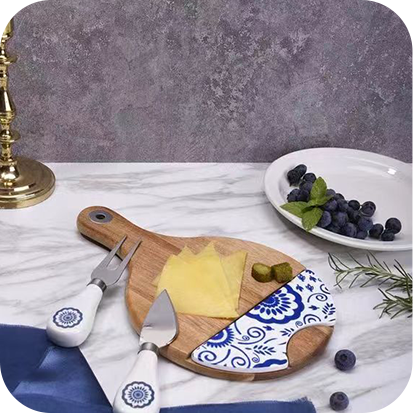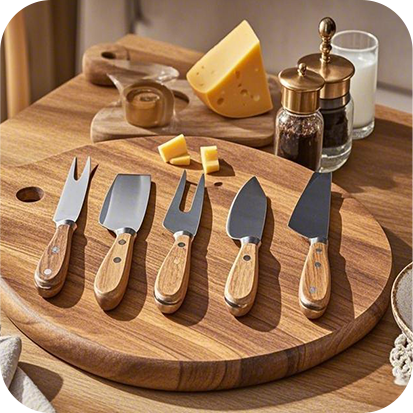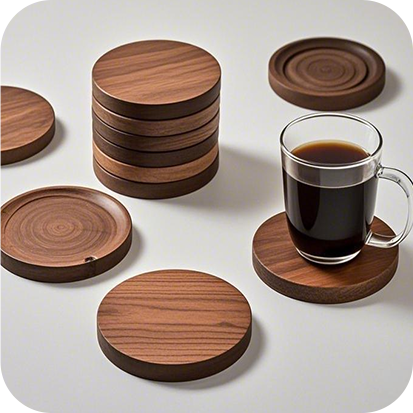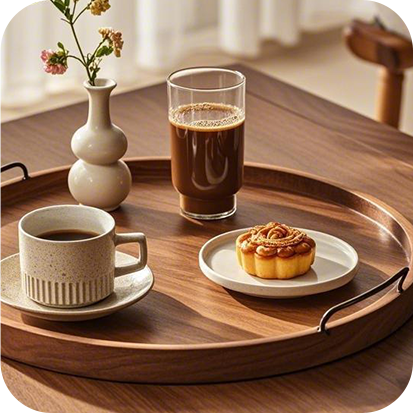The Beauty and Science of Acacia Wood: Understanding Natural Color Variations for Vegetable Cutting Boards
The Beauty and Science of Acacia Wood: Understanding Natural Color Variations for Vegetable Cutting Boards
When choosing premium kitchenware, few materials evoke as much admiration as natural acacia wood. Acacia’s organic patterns, from golden honey to deep walnut streaks, add undeniable character to any kitchen—but for many buyers, these color variations raise important questions. What causes them? Are some colors better for kitchen use? And how do you ensure safety and performance, especially in specialized items like vegetable cutting boards?
This comprehensive guide explores everything buyers should know about color variations in natural acacia, with a special focus on selecting a toxin-free custom Acacia wood vegetable cutting board for a healthy, beautiful kitchen.
1. What Makes Acacia Wood Unique?
Acacia is prized for its exceptional hardness, rapid regrowth, and mesmerizing beauty. It grows across Asia, Australia, and Africa, thriving in diverse climates and soils. The result? No two pieces of acacia are ever exactly the same—each board displays a medley of hues from pale yellow to rich reddish-brown.
Why Does Acacia’s Color Vary?
Age of the Tree: Older acacia tends to develop darker heartwood with more pronounced grain.
Region & Soil: Minerals and local climate create subtle (or dramatic) color differences.
Tree Section: Sapwood is usually lighter, heartwood deeper; the interplay can result in beautiful “striped” or “gradient” boards.
Finishing Method: Natural oils versus lacquer, or hand-finished versus machined, affect the final appearance.
2. Does Color Impact Performance or Safety?
For buyers focused on both beauty and function, this is key. The good news: color variation is purely aesthetic! All genuine acacia—regardless of its color—is strong, durable, and naturally antimicrobial. However, safety comes down to how the board is made, especially for products that touch raw foods.
Toxin-free Custom Acacia Wood Vegetable Cutting Board
The best custom vegetable cutting boards start with carefully selected acacia, free of toxins or harsh chemicals. Top OEM manufacturers use no artificial dyes or stains, instead highlighting natural color using food-safe mineral oils. These boards provide a safe, non-toxic prep surface for all your fresh produce, and each one is uniquely beautiful.
3. How to Choose the Right Acacia Board for Vegetables
Check for Certifications: Look for food-safe and toxin-free claims, plus certifications like FDA, LFGB, or SGS.
Examine Grain & Color: Don’t be afraid of boards with high color contrast—these often show the most prized heartwood/sapwood interplay.
Surface Finish: Opt for boards with a smooth, oil-finished surface (not glossy lacquer).
Personalization: Many manufacturers offer custom engraving—making your board both unique and personal.
4. Why Toxin-Free Matters
Vegetable boards see daily use with raw fruits and veggies. That’s why it’s essential to avoid glues, composite fillers, or varnishes. Toxin-free custom acacia boards are made from single wood pieces or tightly bonded strips, sealed with pure mineral oil. No chemical leaching, just natural food safety.
5. Caring for Your Colorful Acacia Cutting Board
Wash gently with warm water and mild soap, then dry upright.
Oil monthly with food-grade mineral oil to preserve color and prevent drying.
Avoid dishwashers and long soaks.
Embrace changes—natural acacia ages beautifully, with color deepening over time.
6. Embracing Color as a Mark of Authenticity
Each acacia board is a piece of nature’s art. Rather than viewing color variation as a flaw, see it as a badge of authenticity—proof that your board is made from real, responsibly harvested wood. Many buyers even request “high variation” boards for their dramatic, one-of-a-kind look.
7. Toxin-Free Manufacturing: What to Ask Your Supplier
Are all glues and finishes certified food-safe?
Can you choose your preferred grain/color pattern?
Are boards made from sustainably sourced, single-origin acacia?
Top Chinese OEM manufacturers will answer “yes” to all the above, and provide transparency about every step of the process.
8. The Modern Kitchen’s Colorful Centerpiece
A toxin-free custom acacia wood vegetable cutting board isn’t just a tool—it’s a statement piece. Whether prepping salads, slicing fruit, or serving cheeses, it adds warmth and style to every meal. Natural color variation means your board will always be a conversation starter, as well as a reliable part of your healthy kitchen routine.
Ready to upgrade your kitchen with one of the best Chinese OEM manufacturer?
16 years experience of producing wood kitchenware.
Contact us: info@justwoodencuttingboard.com
WhatsApp: +86 183 1248 3616
READ MORE:
- Double-sided Strength, Lasting Beauty: The Truth About Authentic Acacia Kitchen Boards and Butcher Blocks
- Dual Function, Dual Beauty: The Value of Chemical-free Signature Acacia Chopping Boards
- Heat-Safe Acacia: How Adjustable Meat Carving Boards Highlight the Natural Spectrum of Wood
- Flexible Design, Lasting Color: Why Acacia Wood Cheese Platters Offer Sustainable, Food-Safe Beauty
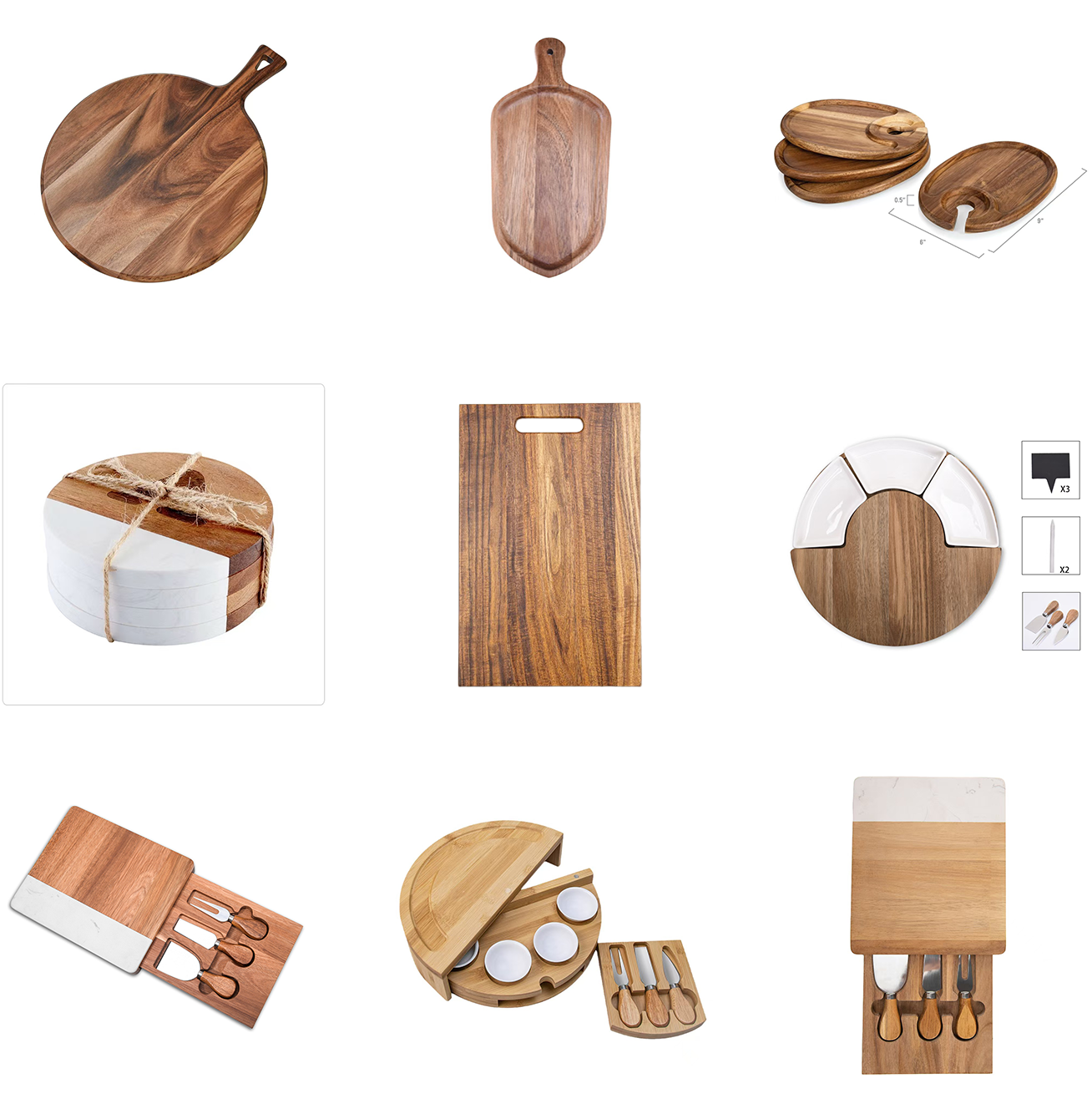
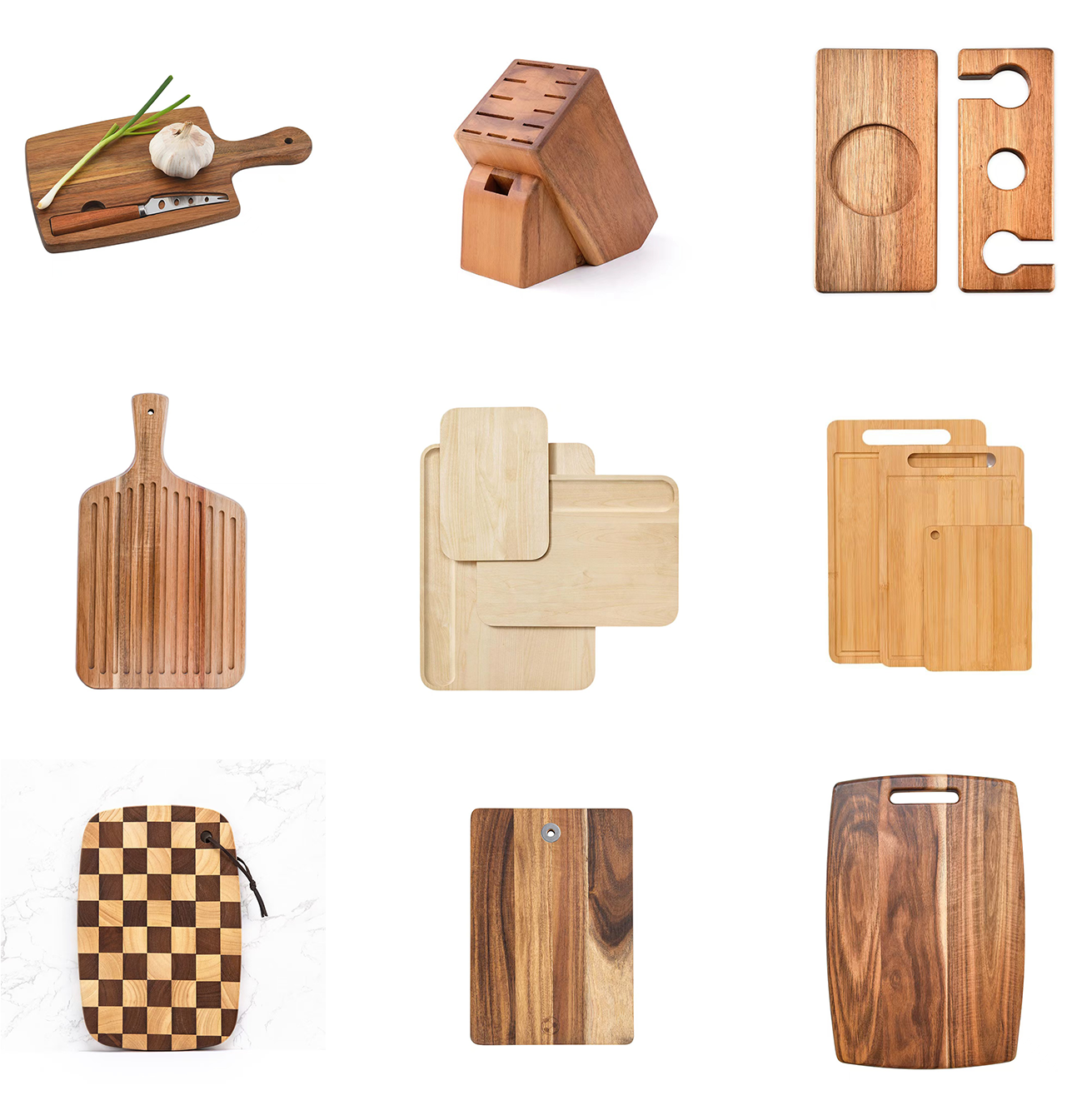
Yangjiang Cuthaven Kitchenware Co.,Ltd
Yangjiang Cuthaven Kitchenware Co.,Ltd.
specializes in the production and export of high-quality metal and wooden kitchenware. With over 16 years of experience in the industry, we have established ourselves as a trusted partner for businesses worldwide.















